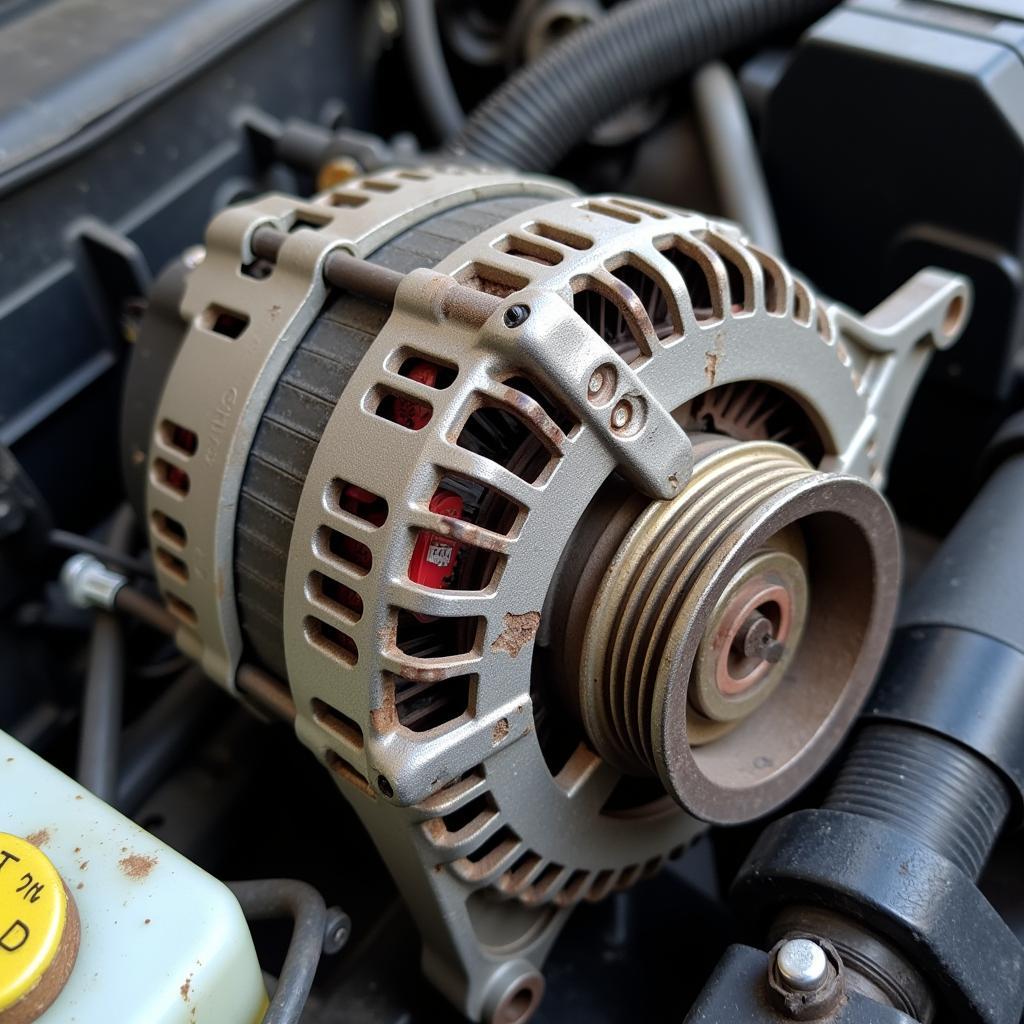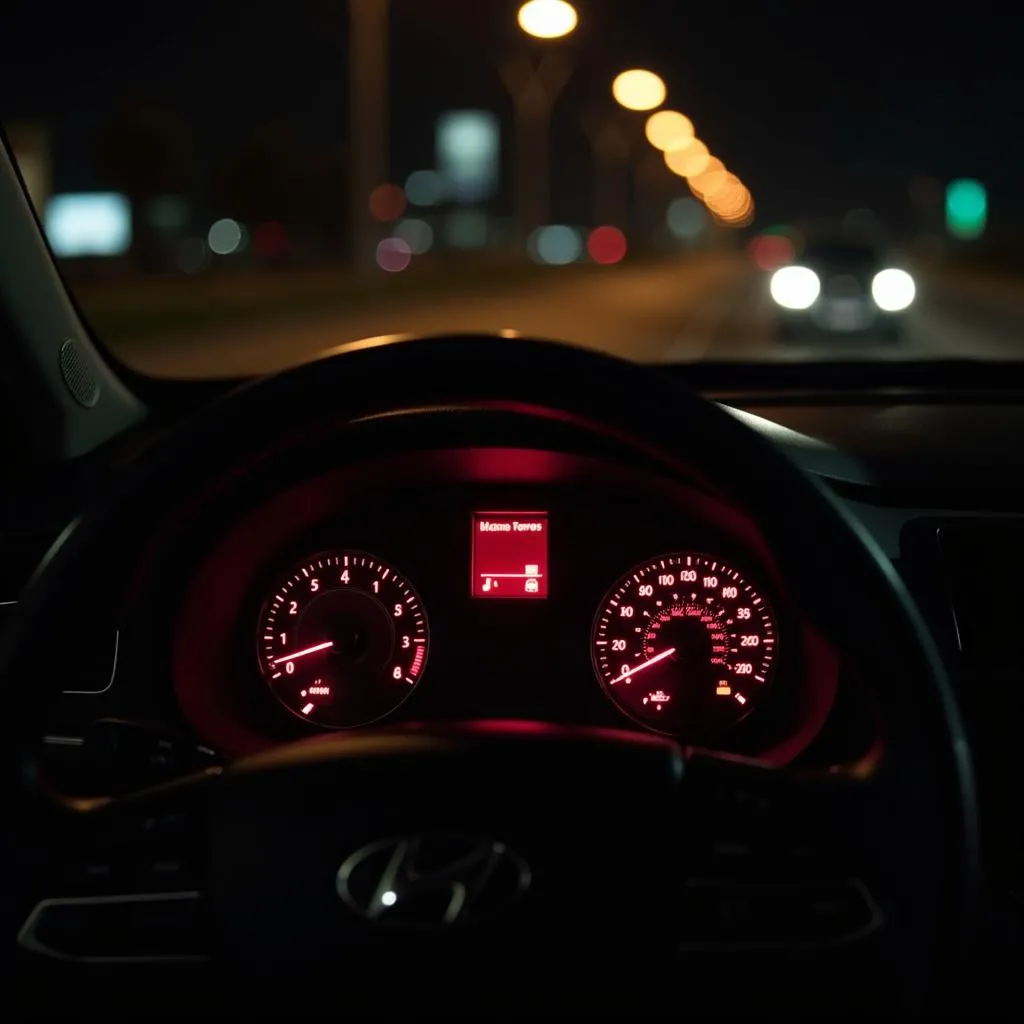If your 2005 Nissan Maxima displays both the brake warning light and the charge warning light simultaneously, it can be a cause for concern. This issue typically points to a problem with the charging system, often linked to the alternator. While it might seem unrelated, a failing alternator can impact your braking system, especially those equipped with Electronic Brakeforce Distribution (EBD) and Anti-lock Braking System (ABS), which rely on a stable electrical supply.
Understanding the Connection: Alternator, Battery, and Brakes
The alternator plays a crucial role in your vehicle’s electrical system by recharging the battery and powering electrical components while the engine is running. A malfunctioning alternator can lead to a drop in voltage, affecting various systems, including the brakes. In the 2005 Nissan Maxima, a failing alternator might trigger both the brake and charge warning lights due to insufficient voltage reaching the Electronic Control Unit (ECU), which manages these systems.
 2005 Nissan Maxima Alternator
2005 Nissan Maxima Alternator
Common Causes and Symptoms
Here’s a breakdown of the most common reasons behind a failing alternator and the accompanying symptoms:
- Worn-out brushes: Over time, the alternator brushes, responsible for transmitting electrical current, can wear down, reducing their effectiveness.
- Faulty voltage regulator: The voltage regulator maintains a steady voltage output from the alternator. A malfunctioning regulator can result in overcharging or undercharging the battery.
- Damaged alternator belt: The alternator belt drives the alternator pulley. A loose, cracked, or broken belt can prevent the alternator from generating sufficient power.
In addition to the illuminated brake and charge warning lights, you may experience the following:
- Dimming headlights and dashboard lights
- Difficulty starting the engine
- Whining or grinding noise from the alternator
- Electrical components, such as power windows and radio, may malfunction
Troubleshooting the Issue
Before jumping to conclusions, it’s essential to rule out other possibilities:
- Check the Battery: A weak or failing battery can also trigger the charge warning light. Have your battery tested at an auto parts store or mechanic.
- Inspect the Alternator Belt: Visually inspect the alternator belt for signs of wear and tear, such as cracks, fraying, or looseness. Replace the belt if necessary.
Seeking Professional Help
If you suspect a faulty alternator, seeking professional help is recommended.
“While a DIY alternator replacement is possible, I advise against it unless you possess advanced mechanical skills. An incorrect installation can damage your car’s electrical system,” cautions John Miller, a certified automotive electrician with over 15 years of experience.
Remote Diagnostics and Programming: A Modern Solution
In today’s technologically advanced world, remote diagnostics and programming offer a convenient and efficient solution for car troubles.
“Remote diagnostics allows us to analyze your car’s data remotely, identify the issue, and even reprogram certain modules without you needing to visit a repair shop,” explains Miller. “This saves you valuable time and effort.”
By contacting a reputable remote diagnostics service provider, you can receive expert assistance from the comfort of your home or even while on the road. They can diagnose the problem, recommend solutions, and potentially even resolve it remotely.
Conclusion
Experiencing both the brake warning light and charge warning light illuminated in your 2005 Nissan Maxima is a strong indication of a potential alternator issue. While a failing battery or other factors could contribute, it’s vital to diagnose and address the problem promptly. While a DIY approach is possible, seeking professional help or exploring remote diagnostics and programming options are recommended for accurate diagnosis and repair, ensuring your safety and the longevity of your vehicle.


